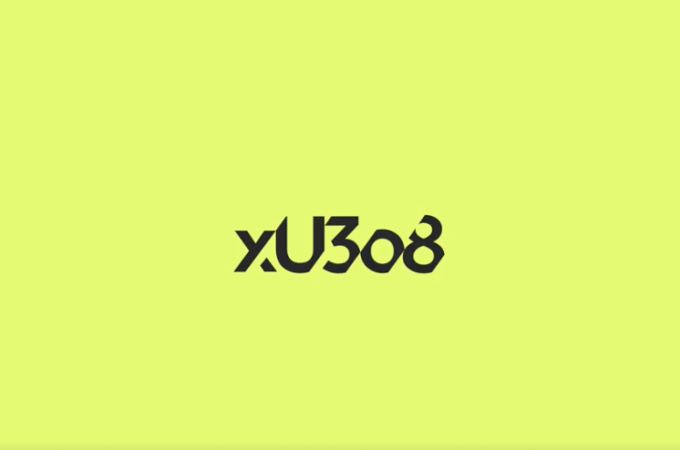
D+H: 2016 will see blockchain solutions reach banking consumers
By Daniel Palmer for Coindesk.com
DH Corporation (D+H), a Canada-based provider of technology solutions to financial institutions, recently announced the integration of a proprietary blockchain solution with its payments hub, Global PAYplus.
The move makes D+H the latest payments vendor to carry out a blockchain integration. Following similar announcements by Dwolla, Earthport and PayCommerce, the developments can be viewed as a tipping point that finds blockchain moving from innovation labs and into real-world implementations.
For example, the Global PAYplus platform already integrates different payment types, currencies and systems into a single payments hub providing for large numbers of immediate payments – and D+H may soon offer ‘blockchain’ as a payment method alongside more conventional alternatives.
The advantages offered by blockchain and “virtual ledger” technologies, said Moti Porath, D+H’s executive vice president of global pre-sales, are that they enable banks to simplify and reduce the costs associated with clearing, and can further “achieve objectives related to immediate payments”.
It was that potential for fast transactions, he said, that drove D+H to become an early adopter of the technology:
“We believe that 2016 will see banks transitioning from experimenting in the innovation labs to implementing solutions that drive value to their customers. At this time, we see the most relevance for blockchain capabilities in payments, so it made sense to move quickly to add capabilities to our global payments hub.”
While the blockchain integration is still not yet being used for live payments, Porath told us that the firm is currently in “discussions and trials with certain customers”.
Though unable to divulge the names of these clients, he expressed the hope that significant news announcements would be made in the near future.
Blockchain node as central bank
Adding a blockchain solution demonstrates that Global PAYplus is “adaptable to blockchain technology”, Porath said, and, further, that the technology is integrated to meet evolving peer-to-peer client payment needs.
He framed the project as a means for banks to streamline the process for conducting, operating and delivering payments, saying:
“These institutions will be able to utilize a secure, closed loop, distributed ledger system to connect bank networks, move money in real-time, and improve access to liquidity.”
The firm’s blockchain integration supports credit and debit transfers, as well as returns and rejections, and is best suited for immediate payment clearing schemes and inter-branch transfers, according to Porath.
The only precondition is that members of the scheme are operating as a private network, he added.
Going into the detail of how the system works, the D+H executive said that it establishes a node in the network that acts as a liquidity pool, with various liquidity pool accounts being funded by real external transfer (using SWIFT, for example).
He explained:
“The liquidity pool node simulates accounts in a central bank and, when value is exchanged and the blocks are being updated, the ‘central bank’ node is updated to reflect the exchange of value.”
DIY effort
Notably, D+H formed a partnership with Ripple last October, aiming to deliver “innovative payment capabilities”, although this latest blockchain product integration was fully built in-house.
The new multi-chain, private blockchain solution was built using open standards, and can provide access to “any number” of real-time gross settlement systems, Porath told CoinDesk.
Explaining why the company didn’t use Ripple or another pre-existing blockchain solution, he expressed the firm’s belief that there is a strong market for distributed ledger technology in a closed private network as opposed to an large open network.
“If the technology is used in conjunction with a payments hub, it can provide a more secured environment and faster, more efficient money transfer and clearing,” he said. “At the same time, it [maintains] the privacy of the participants in the transaction.”
Providing a solution that adheres to regulatory requirements, such as know-your-customer (KYC) requirements, was also a factor.
Advice to the industry
Notably, D+H released recently a white paper, setting out five key principles the company believes the banking industry needs to get right with regard to blockchain.
The firm said it is “encouraged” by the potential positive impacts of blockchain on the payments industry, but warned that banks must be careful to address its five points in order for blockchain to fully realize its potential.
Key considerations in the paper include finding and addressing the right problem, and retaining the transformative potential of the technology.
“If the past year was an era of experimentation and innovation for banks with regard to blockchain, then the year ahead could be the time we see this technology emerge from banks’ back rooms to solve real business problems,” said Porath in the paper, adding:
“However, the technology must get certain things right in order to deliver on its transformative promise.”
The article first appeared in Coindesk.com





